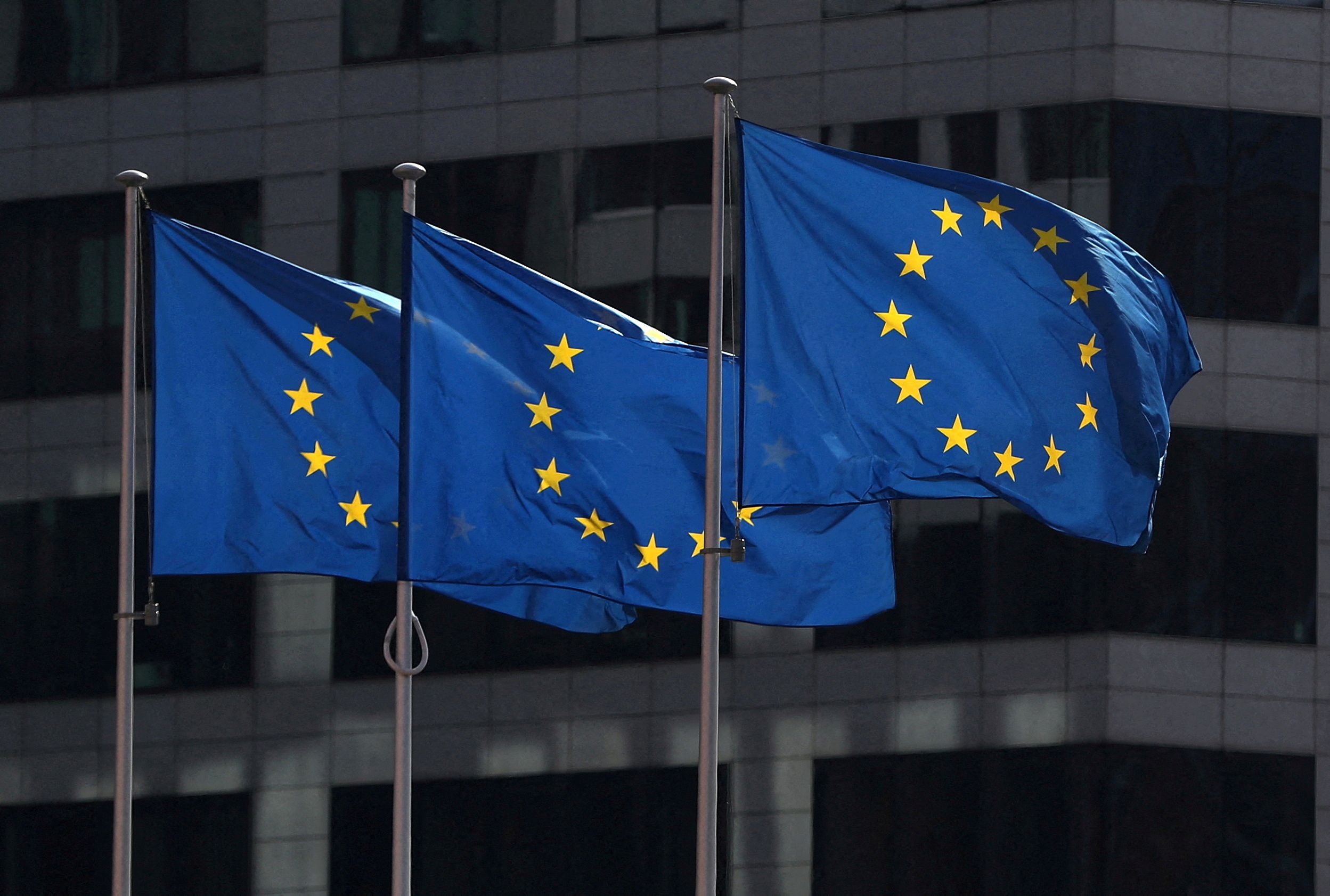
Europe | Monetary Policy & Inflation

Europe | Monetary Policy & Inflation
This article is only available to Macro Hive subscribers. Sign-up to receive world-class macro analysis with a daily curated newsletter, podcast, original content from award-winning researchers, cross market strategy, equity insights, trade ideas, crypto flow frameworks, academic paper summaries, explanation and analysis of market-moving events, community investor chat room, and more.
This is our summary of recent comments and publications from ECB policy makers. We classify voters by hawkishness and relative importance, and separate the views into those relating to policy and those related to economics. We update as and when new comments are made.
Go to: Recent Voter Comments ǀ Stress, Surveys and Data

Link to Most Recent ECB Meeting Minutes

Since the ECB hiked rates by 75bp and updated its forecasts on 8 September, the hawkish shift in ECB policymaker tone has been considerable. This is in line with our longer-term expectation. Even the doves have shifted in favour of serious action to tackle inflation. France’s Villeroy was pushing against 50bp less than a month ago, now he believes they could hike beyond 2% by YE (i.e. 50-75bp at the next two meetings). Meanwhile, even as the economic forecasts have become gloomier (see first table), other doves are of the opinion that a slowdown is insufficient to bring down inflation (as per Spain’s de Cos), and an outright recession is required (Board Member Panetta). Meanwhile, there has been little let-up from the hawks, who continue to see the value of frontloading hikes. The marginal offset to this is their concession that a recession may slow hiking (Latvia’s Kazāks) and keep wages in check (Finland’s Rehn).
Taking this in its entirety, with the market pricing 2% deposit rate by year-end, this puts the market to the dovish side of Villeroy over that period, roughly in line with the weighted average of board-member views in our Hawkometer (Chart 3).

However, while this may make the market pricing look justifiable, we see it as more likely that the hawkish shift continues ahead. Speakers are virtually unanimous in the need for more hiking, with the only speaker explicitly pushing against future 75bp hikes being Malta’s Scicluna. Recall, that before the July hike he claimed to see little support for even 50bp. Meanwhile, by our estimates, we find there already exists a majority support for 75bp at the October meeting (Chart 1).
Our earlier view was that the concession on a faster hiking path by the doves would see greater re-commitment to anti-fragmentation, and the need to keep spreads capped. While this appeared to be the case at first, more recently the tone has shifted. Greece’s Stournaras may want to reaffirm that fragmentation should be forcefully confronted, but his fellow doves are focusing now on fiscal prudence (see our commentary section). This has been a widespread phenomenon, with Ireland’s Makhlouf, Lithuania’s Šimkus and Italy’s Visco all stating the need to target spending and not blow out budgets.
Perhaps this is a response to the looming Italian election. Or perhaps it is a worry that expanding deficits in Northern Europe are driving core-EGB yields higher, and taking the periphery with it (something we have warned of consistently). Either way, it suggests that worries are rising that periphery yields may be at risk of breaking through key levels (4% for Italian 10Y for instance), even while spreads remain relatively capped. There is little that the ECB can do to fight such a move (of higher core yields) without increasing the balance sheet. We have flagged this risk previously.
For now, we are watching yields closely, with a high degree of concern that a further leg higher in yields could trigger a spread blow-out. In such an instance, we would see value in fading the move (the ECB has ammo).



Spring sale - Prime Membership only £3 for 3 months! Get trade ideas and macro insights now
Your subscription has been successfully canceled.
Discount Applied - Your subscription has now updated with Coupon and from next payment Discount will be applied.